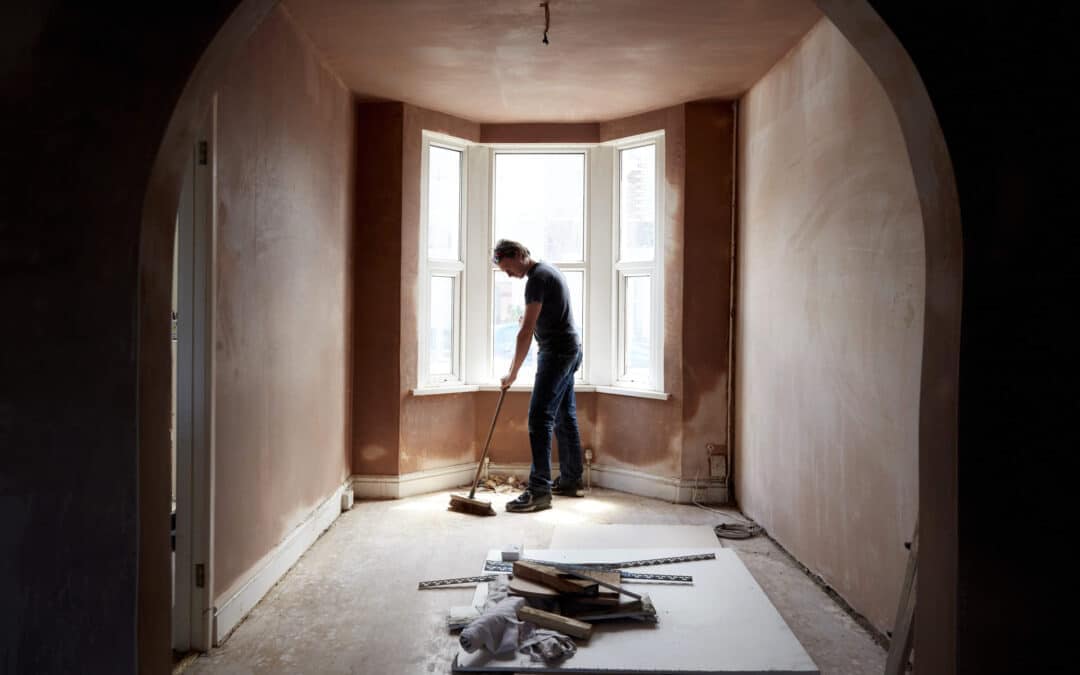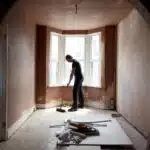Many people may not realize that the key to lowering their homeowners insurance premiums could be found in the structure and systems of their property. This discussion explores how certain home improvements can lead to significant savings on insurance costs. We’ll examine how upgrades to structural elements, system improvements, and enhanced security features can help reduce premiums while adding value to your home.
The Impact of Structural Upgrades
Improving the structural integrity of your home not only ensures a safer living environment but can also lead to reduced homeowners insurance rates. Insurers often assess the level of risk associated with a property before determining the cost of coverage. By making specific structural enhancements, homeowners can significantly lower these risks.
- Structural Safety Enhancements Upgrading critical elements like the roof or the foundation of a house strengthens the overall structure and reduces the likelihood of damage under extreme conditions. For example, a new, more durable roof can withstand higher winds and resist damage more effectively, which insurance companies favor.
- Reinforced roofing can withstand winds up to 130 miles per hour.
- Foundation reinforcements can prevent structural shifting during earthquakes.
- Resilience to Natural Disasters Certain regions are prone to specific natural disasters, such as hurricanes, floods, or earthquakes. Adding features that mitigate the effects of these disasters makes a home less risky to insure.
- Storm shutters protect windows from breaking during hurricanes.
- Seismic retrofitting can stabilize homes in earthquake-prone areas.
Modernizing Systems to Reduce Risk
Outdated systems like wiring, plumbing, and heating are significant risk factors that insurers consider. Modernizing these systems can lead to safer homes and, by extension, lower insurance premiums.
- Electrical System Upgrades Old wiring is not only inefficient but also a common cause of house fires. By updating their home’s electrical system, homeowners can reduce the risk of electrical fires, a major factor for insurance assessments.
- Modern electrical systems include circuit breakers that prevent overload.
- Upgraded wiring materials and proper installation minimize the risk of electrical faults.
- Plumbing and Heating Improvements Updating old plumbing and heating systems can prevent problems such as leaks and burst pipes, which are likely to lead to expensive insurance claims.
- Newer plumbing materials are less prone to cracking.
- Efficient heating systems reduce the risk of malfunctions that can cause fires or water damage.
Installing Security and Monitoring Systems
Security enhancements not only deter burglars but also provide homeowners with lower insurance rates. Insurers appreciate the reduced risk of theft and vandalism that comes with advanced security systems.
- Enhanced Home Security Systems Modern security systems offer features like real-time monitoring and alert dispatch which significantly improve home security.
- High-quality alarm systems alert homeowners and police immediately.
- Surveillance cameras can deter potential burglars and provide evidence if a crime does occur.
- Fire Safety and Monitoring Tools Installing smoke detectors and automatic sprinkler systems can greatly improve fire safety, one of the primary concerns for insurance companies.
- Smoke detectors provide early warnings, potentially preventing catastrophic damage.
- Sprinkler systems can extinguish fires quickly, reducing potential damage and associated costs.
Additional Factors and Considerations
When undertaking home improvements to reduce insurance costs, homeowners should keep several factors in mind. Proper documentation and selecting the right improvements can maximize the financial benefits.
- Home Improvement Documentation Keeping detailed records of all upgrades and renovations is crucial when discussing potential insurance discounts with your provider.
- Receipts, contracts, and before-and-after photos can be persuasive evidence of improvements.
- Choosing the Right Improvements for Maximum Benefit Not all improvements contribute equally to reducing insurance premiums. Homeowners should prioritize those that provide the most significant risk reduction.
- Consult with an insurance agent to understand which improvements will yield the most savings.
Home improvements are a proactive way for homeowners to decrease their insurance premiums. Structural upgrades enhance the durability of the property, while modernized systems mitigate risks associated with outdated installations. Additionally, security and safety enhancements not only secure the property but also encourage insurers to offer more favorable rates due to reduced risk levels.
Key Takeaways for Homeowners Insurance Savings
- Structural and disaster resilience upgrades significantly lower insurance risks.
- Modern electrical, plumbing, and heating systems can prevent the most common types of home insurance claims.
- Enhanced security measures reduce the likelihood of theft and vandalism, appealing to insurers.
Frequently Asked Questions
1. What is the most cost-effective home improvement for lowering insurance rates?
- Upgrading your roofing and electrical systems generally provides the best return on investment in terms of insurance savings.
2. How soon after making home improvements can I expect to see a decrease in my insurance rates?
- You should contact your insurance provider as soon as improvements are completed to discuss potential discounts, which could be applied at the next policy renewal.
3. Will installing a pool impact my homeowners insurance rates?
- Yes, installing a pool will likely increase your insurance rates due to the increased risk of accidents and liability claims.
4. Are there any improvements that could increase my homeowners insurance costs?
- Yes, additions like pools or trampolines can increase your rates because they present additional risks.
5. How do I prove home improvements to my insurance company?
- Provide your insurance company with receipts, detailed descriptions of the work completed, and before-and-after photos to document the improvements.
- About the Author
- Latest Posts
With over 80 years of combined experience, Southern Ambit Insurance stands as an authority in simplifying the complex world of insurance. Our team is committed to providing exceptional customer service, conducting thorough risk assessments, and crafting tailored policies that offer our clients the best protection and peace of mind.







